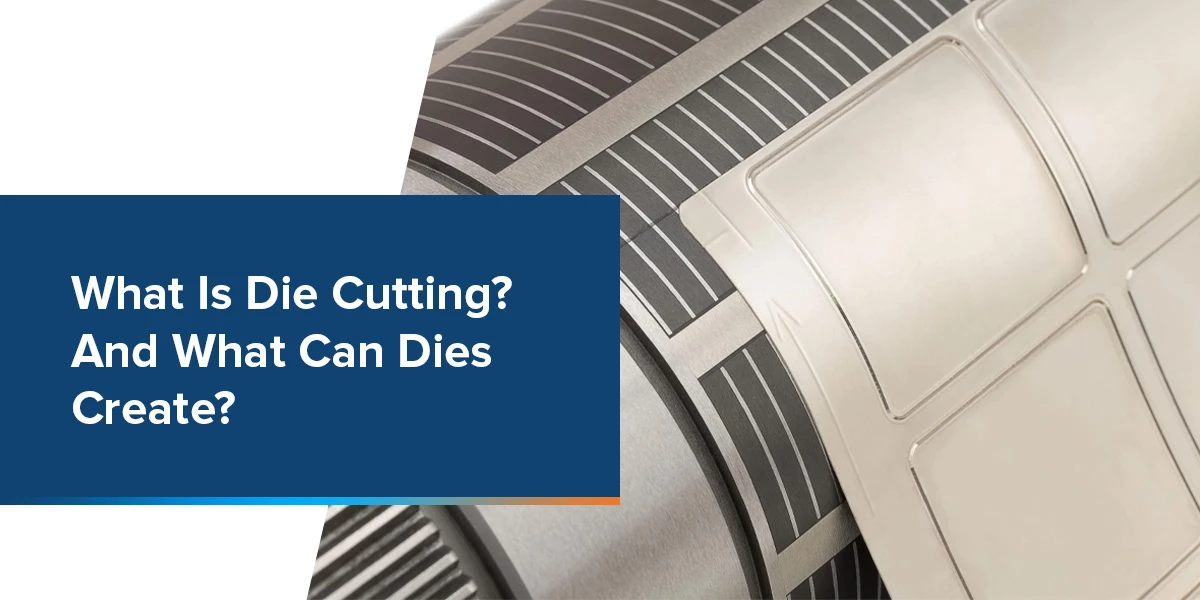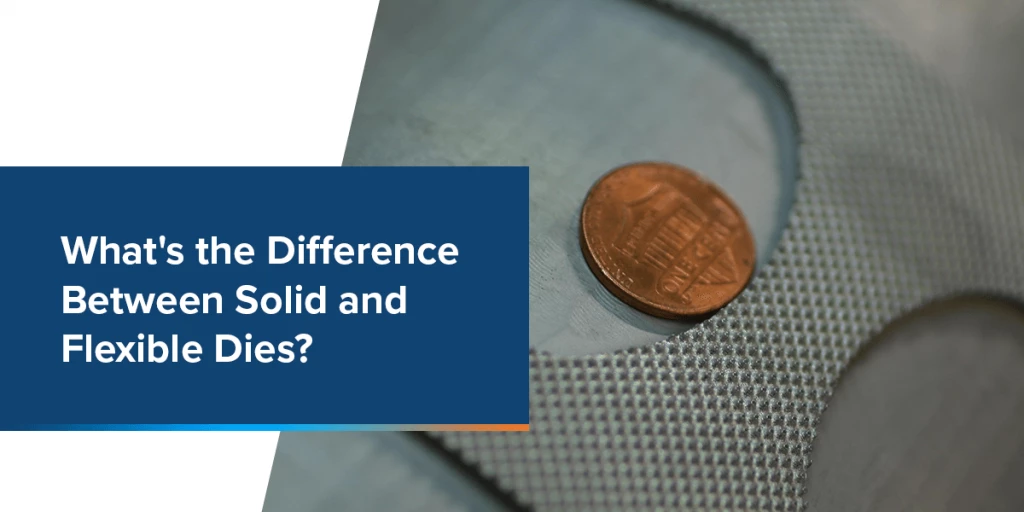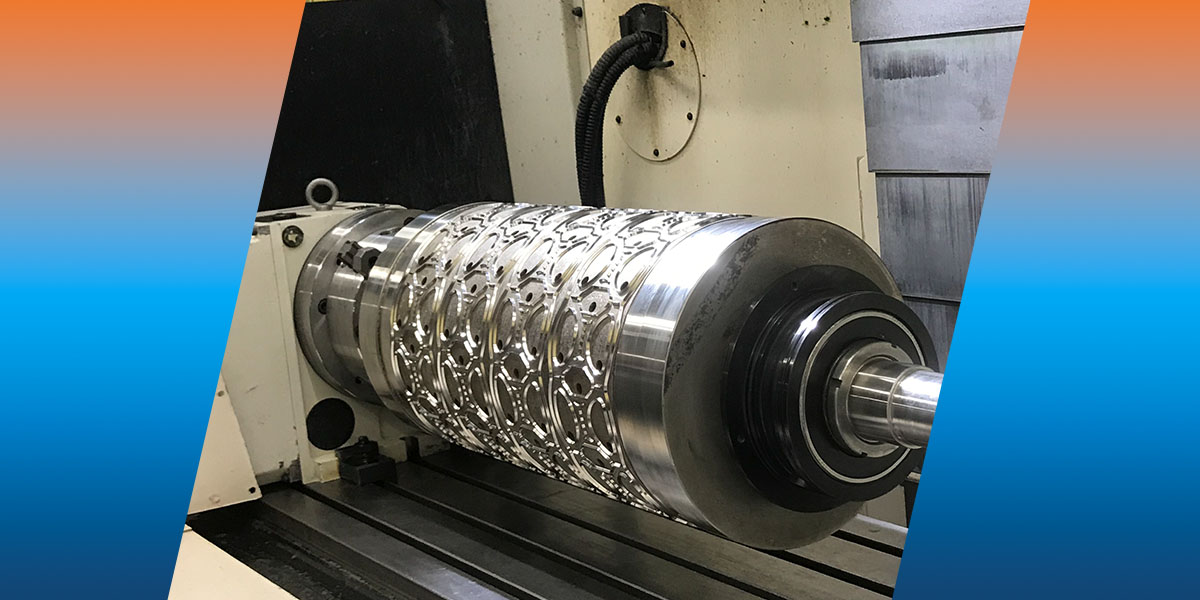No Structural Damage and No Heat Affected Zone
High Level of Precision No Structural Damage
Being competitive in today’s market usually requires high levels of precision. Powered by Waterjet, we are able to deliver parts with no heat affected zone(HAZ).
“You might imagine that other technologies such as laser cutting would have far greater power than a water jet, but the reality is that the opposite is true. A water jet can cut to depths 10 times thicker than a laser, which equates to 25cm of virtually any material. Water might be a natural product, but it is also incredibly powerful – after all, it naturally erodes cliffs and rock…
Water jet cutting has a key advantage over other cutting technologies – it does not damage the part being cut. Most cutting methods rely on heat or force, either of which can damage the cut edge, create micro-abrasions and potentially weaken the part being cut. Water jet cutting simply creates a cut through accelerated erosion, without trauma to the edge being cut.
This advantage also relates to the accuracy of the cut – while laser cutting can have cutting heads slightly smaller in diameter than water jet cutting, this benefit is negated by the damage done to the cut edge.
The benefits of the smaller cutting head are all but invisible, the drawbacks in the form of damage to the edge all too real.”
(Laser vs WaterJet, by Ken Woods, Principal Laser Engineer and Dave Dumas, Waterjet Applications)


